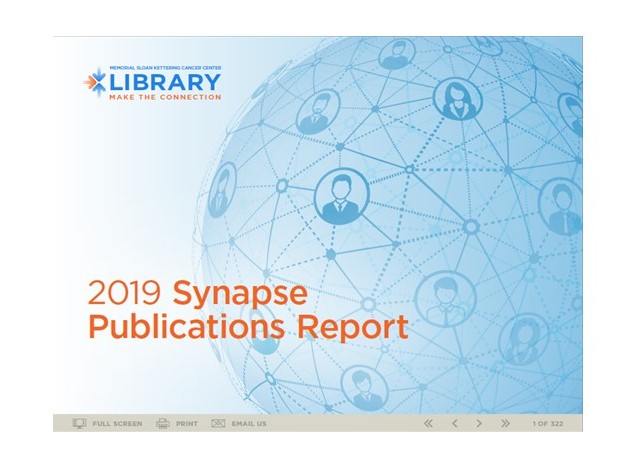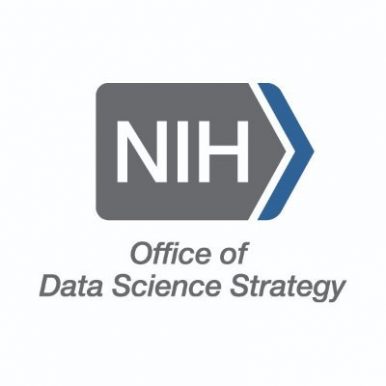This is part 3 of a 4 part series of posts on Research Data Management and COVID-19. Click here for part 1 and part 2.
Collaborative efforts between institutions have yielded numerous open-access datasets, visualization tools, and resources designed to accelerate COVID-19 research by making datasets, tools, and computational resources more discoverable and accessible. Examples include:
- MIDAS – A “global network of scientists and practitioners from academia, industry, government, and non-governmental agencies” has created a COVID-19 portal which collates publicly available datasets and code to enable researchers to contribute towards COVID-19 modeling research.
- Terra – Terra provides cloud-based work spaces to support bioinformatics research by integrating data pipelines with analytical tools, such as Jupyter Notebook. They have set up specific work spaces to accelerate COVID-19 research. Access to Terra is free but requires an account setup. You can use your google account.

- VODAN – The Virus Outbreak Data Network (VODAN) is a collaborative effort between the Committee on Data Science and Technology (CODATA), the Research Data Alliance, World Data Systems, and GO FAIR; organizations which promote Open Science efforts in research data. In an effort to encourage best practices and standards for data repositories while still hastening access to COVID-19 data, these organization have created the FAIR Data Points repository which can be granted access to the local data of participating institutions, such as hospitals and research centers. VODAN can then assist institutions with data stewardship, best practices, and managed access to the data in their repositories.

- High Performance Computing Consortium – This consortium of academic, industry, government organizations pools available computing resources to provide accelerator services for participating members around COVID-19 research. Access to the computing resources are free but require submission and approval of a research proposal. Researchers utilizing the consortium resources are expected to maintain public updates of their progress and eventually publish their findings.

Likewise, there are numerous institution-specific sources of COVID-19 research data out there. No doubt many people are already aware of the Johns Hopkins Coronavirus Research Center whose maps, visualizations, dashboards, and data connections have been used to display tracking by many news organizations, such as the NY Times’ global outbreak map. Another example is NYU’s list of ongoing data projects mobilized to combat COVID-19. Many of the on-going institution specific data projects are also being indexed by the above-mentioned government and generalist repositories. As a members of the Data Discovery Collaboration, the MSK Library has been participating in discussions about how institutions and researchers can best make their COVID-19 research more visible and useful to other researchers.
In the final post in this series, we’ll showcase some of the Data Repository and Publisher responses to the COVID-19 pandemic.

